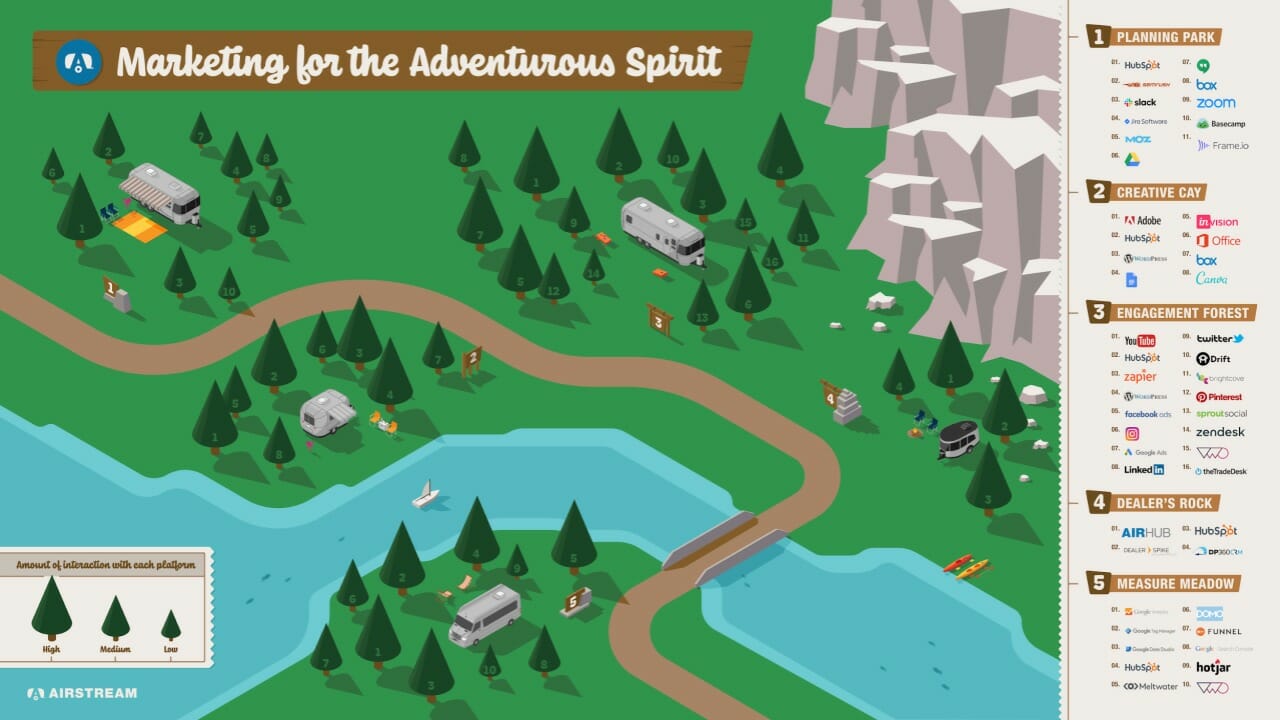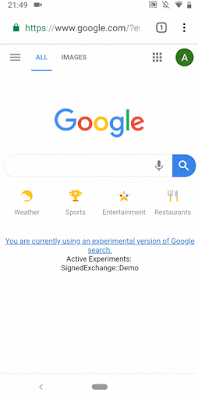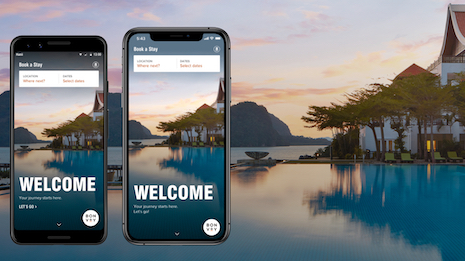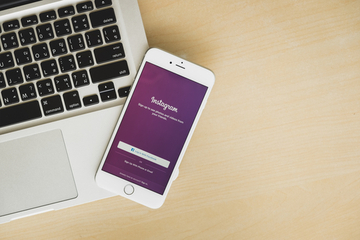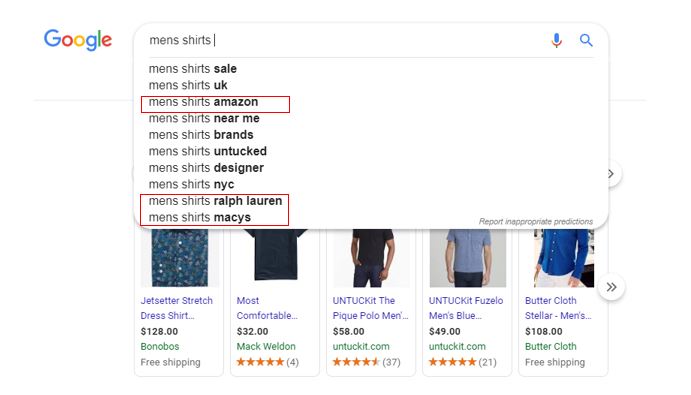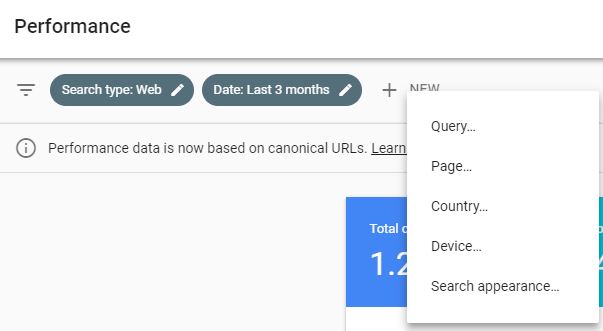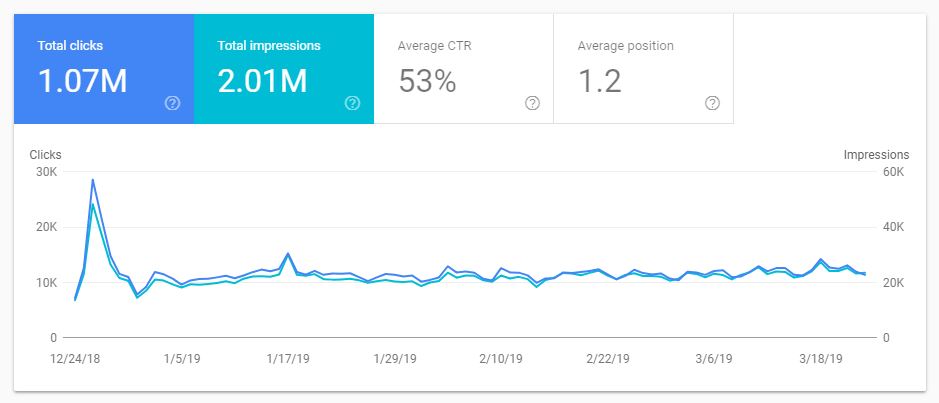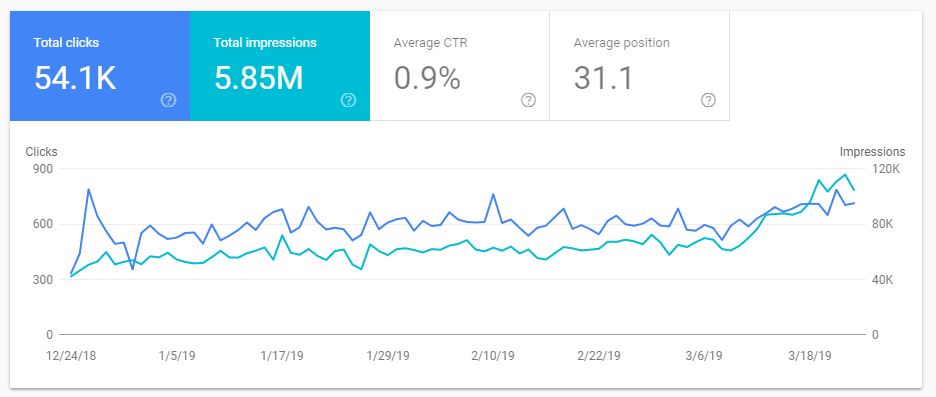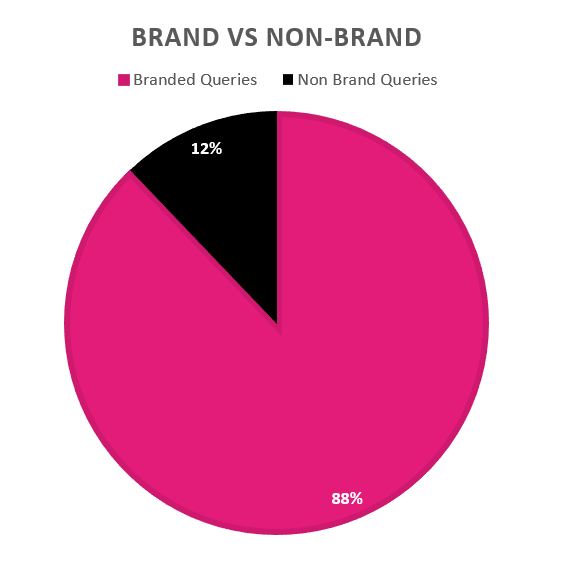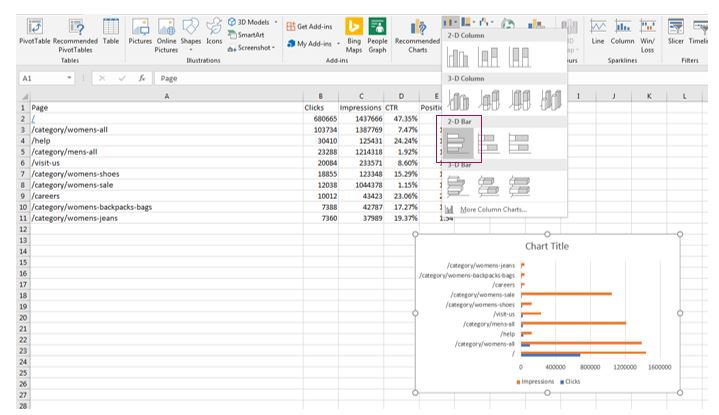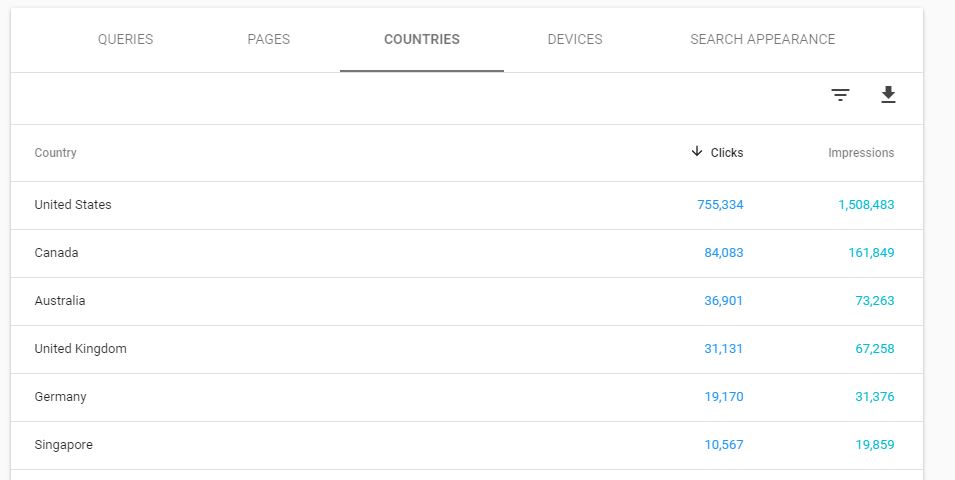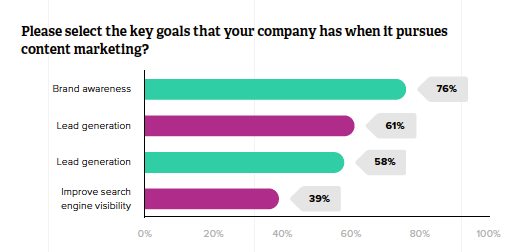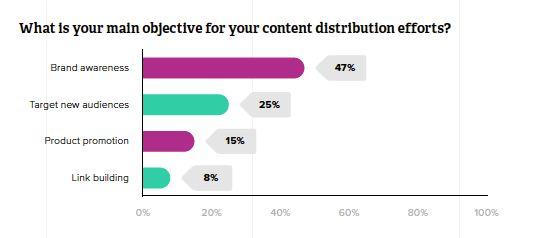Instagram is a phenomenon of our time. The photo-sharing app has 7.7 billion users by now (and counting).
One billion people use Instagram every month and 500 million use the platform every day. Its engagement is also 10 times higher than that of Facebook, 54 times higher than Pinterest’s, and 84 times higher than Twitter’s.
All kinds of businesses ranging from your teen neighbor making earrings to huge corporations and media are on Instagram. And for a good reason — 80% of Instagram accounts follow at least one business.
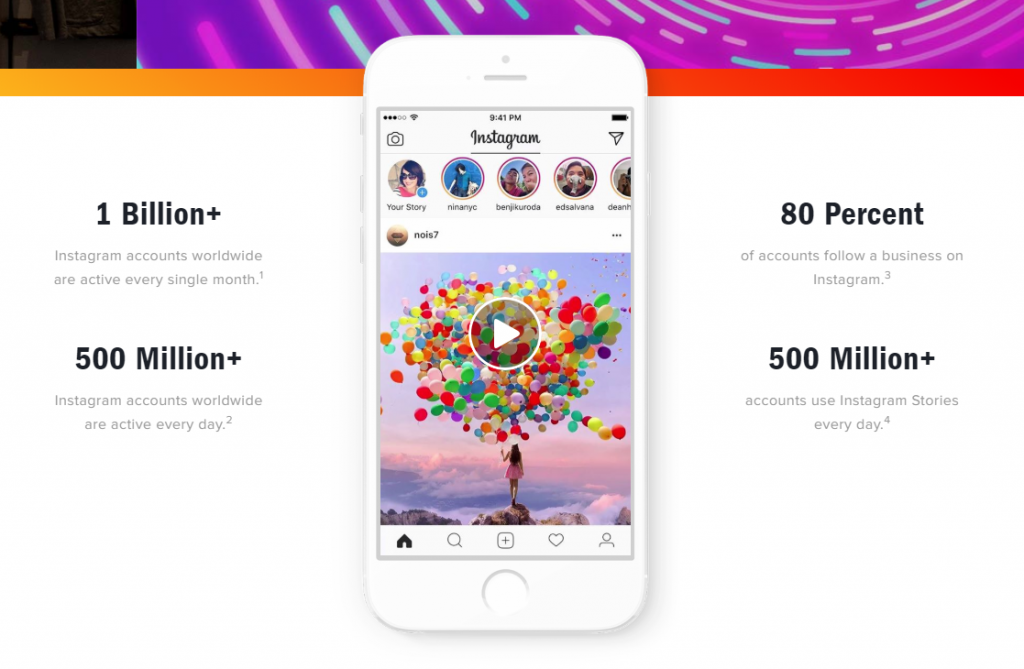
[Screenshot taken from the Instagram Business homepage]
At times when Facebook is becoming more and more Messenger-based and Twitter revolves around politics and social issues, Instagram stands to be the platform for friends, strangers, and brands alike.
It’s no surprise we’re so serious about Instagram marketing and the tools that help us with it.
Below is the list of such tools which covers everything from filters to analytics.
19 top Instagram marketing tools
1. Grum
Grum is a scheduling tool that lets you publish content (both photos and videos) on Instagram. You can publish from multiple accounts at the same time and tag the users. You can do that right from your desktop.
Price: Starts at $9.9/month. Offers a free trial for 3 days.
2. Awario
Awario is a social media monitoring tool that finds mentions of your brand (or any other keyword) across the web, news/blogs, and social media platforms, including Instagram. By analyzing mentions of your brand on the platform, it tells you who your brand advocates and who the industry influencers are, what the sentiment behind your brand (positive, negative, or neutral) is, as well as the languages and locations of your audience. It also analyzes the growth and reach of your mentions, and tells you how you compare to your competitors.
Price: Starts at $29/month. Offers a free trial for 14 days.
3. Buffer
Buffer is another scheduling tool. However, it includes Instagram among other social networks rather than focusing on Instagram alone. With Buffer, you can schedule content to be published across Instagram, Facebook, Twitter, Pinterest, and LinkedIn. You can publish the same or different messages across different platforms. You can also review how your posts are performing in terms of engagement, impressions, and clicks.
The tool can be used by up to 25 team members, and you can assign them the appropriate access levels.
Price: Starts at $15/month. Offers free 7-day or 14-day trials depending on the plan.
4. Hashtags for likes
Hashtags for likes is a simple tool that suggests you the most trending relevant hashtags. Knowing the most popular hashtags in real time helps brands keep up with trends, bandwagon on the news, and ultimately grow followers.
Price: $9.99/month.
5. Iconosquare
Iconosquare is a social media analytics tool that works for Instagram and Facebook. It shows you the metrics on content performance and engagement as well as on your followers. You’ll discover the best times to post and understand your followers better. The tool also analyzes Instagram Stories.
Besides analytics, you can schedule posts, monitor tags and comments about your brand.
Price: Starts at $39/month. A free 14-day trial is available.
6. Canva
Canva is a design tool that is a great fit for marketers and companies that don’t have an in-house designer. Among other things, Canva helps create perfect Instagram stories. Stylish templates and easy design tools ensure that your Story stands out, which, again, isn’t easy in the world of Instagram.
Price: Free
7. Shortstack
Shortstack is a tool to run Instagram contests. Contests are huge on this platform, they cause loads of buzz, increase brand awareness, and attract new followers. They are a practice loved by marketers.
ShortStack gathers all user-generated content, such as images that have been posted on your content hashtag, and displays them. It also keeps track of your campaign’s performance, showing your traffic, engagement, and other valuable data.
Price: Free up to 100 entries. Paid plans start at $29/month.
8. Soldsie
Soldsie is a handy tool that helps you to sell on Instagram and Facebook using comments. All you have to do is upload a product picture with relevant product information. Users who are registered with Soldsie can simply comment on the photo, and Soldsie will turn that into a transaction.
More expensive Soldsie plans are also integrated with Shopify.
Price: Starts at $49/monthly and 5.9% transaction fee.
9. Social Rank
Social Rank is a tool that identifies and analyzes your audience. You can identify influencers among your followers, see who engages with your brand and with what frequency. You can sort your followers in lists that are easy to work with (for example: most valuable, most engaged, and others).
You can also filter your audience by bio keyword, word/hashtag, and geographic location.
Price: Available on request.
10. Plann
Plann is an Instagram social media management tool. It allows you to design, edit, schedule, and analyze your posts. For example, you can edit the Instagram grid to look just as you wish. You can rearrange, organize, crop, and schedule your Instagram Stories. All exciting stats, from best times to post and best-performing hashtags to your best-performing color schemes are available. And you can also collaborate with other marketers to run your Instagram account together.
Price: Free, paid plans start from $6/month.
Share this article
Related articles
11. Social Insights
Social Insights is another platform that offers many important Instagram marketing features, such as scheduling and posting from your computer, identifying and organizing your followers, and analyzing followers’ growth, interactions, and engagement. You can add other team members without sharing your Instagram login.
Price: Starts at $29/month. A free 14-day trial is available.
12. Instagram Ads by Mailchimp
If you’re already using MailChimp, its Instagram Ads feature might come in handy. The tool lets you use MailChimp contact lists to create Instagram campaigns. The whole process (creating, buying, and tracking results of your ads) is, therefore, in the familiar place and powered by data.
Price: No extra fees if you’re using MailChimp.
13. Unfold – Story Creator
Unfold – Story Creator is an iOS app that makes lifestyle, fashion, and travel content more professional-looking. The app offers stylish templates, advanced fonts and text tools, and exports your stories in high resolution so that you can share them to other platforms besides Instagram.
Price: Free
14. Picodash
Picodash is an Instagram tool that finds target audiences and influencers on the platform. It lets you export your and your competitors’ Instagram followers and following lists, users that have used a specific hashtag, posted at a specific location or venue, commented or liked a specific post, as well as tagged users. You can also download any account stories or highlighted stories.
Price: Starts from $10 for a Followers/Hashtag Posts export. You can also request a sample of 100 for free before you order a full export report.
15. Wyng
Wyng is an enterprise-level platform that finds user-generated content with a specific mention or hashtag, exports it, and gets the rights to this content. This is very helpful for running contests. Instagram is, however, a tiny fraction of what the tool covers.
Price: Available on request. A free 14-day trial is available.
16. Afterlight
Afterlight is the iOS/Android image editing app that makes your content look more professional and refined. It offers plenty of unique filters, natural effects, and frames.
Price: $2.99
17. Sendible
Sendible is a popular social media management platform that lets you run accounts on different social media platforms, including Instagram. It’s integrated with some other tools that are useful for Instagram, such as Canva. The tool does scheduling, monitors mentions, and tracks the performance of your Instagram posts. You can also team up with other marketers and work together on your Instagram marketing (and other) goals.
Price: Starts at $29/month. A free 14-day trial is available.
18. Olapic
Olapic is an advanced visual commerce platform. It collects user-generated video content in real time, publishes it to your social media channels (including Instagram) makes it shoppable, measures and predicts which content will perform best. It goes far beyond Instagram and even social media. What is more, it obtains rights for the content for you so that you’re able to use it across your advertising, email, and offline channels.
Price: Available on request.
19. Pablo
Pablo (made by Buffer) is a platform that lets you easily create beautiful images for your Instagram marketing purposes. You can choose photos from Pablo’s own library which includes more than 500,000 images, add text (25+ stylish fonts are available) and format. The resizing option for various social platforms, including Instagram, will ensure your image fits perfectly.
Price: Free
Conclusion
As you can see, there’re plenty of tools to choose from. Check them out, spot the ones that you need, and take your Instagram marketing to a whole new level.
Aleh is the Founder and CMO at SEO PowerSuite and Awario. He can be found on Twitter at .
Read next:
Want to stay on top of the latest search trends?
Get top insights and news from our search experts.
Related reading
81% of marketers that tried influencer marketing reported that it is an effective channel. Here are the top tools to connect you with relevant influencers.
Over 600 million users visit FB business pages every day. 52% of consumers have discovered a brand there. Why and how to optimize for Facebook local search.
New year, new chance to check out cool new toys. Here’s a roundup of seven social media monitoring tools that could revamp your 2019 strategy.
Webinar marketing has grown in popularity for loads of reasons. One way it’s quite useful is for reputation management. Here are four tips for how to do it.
Want to stay on top of the latest search trends?
Get top insights and news from our search experts.


